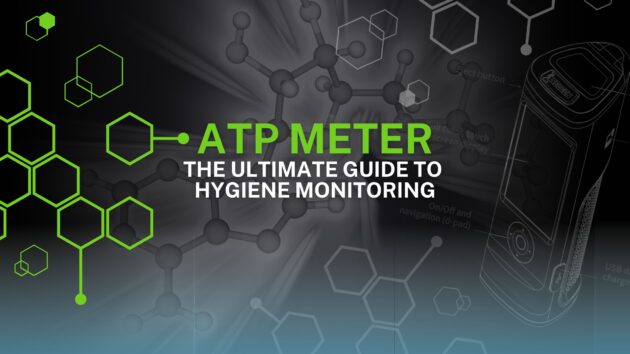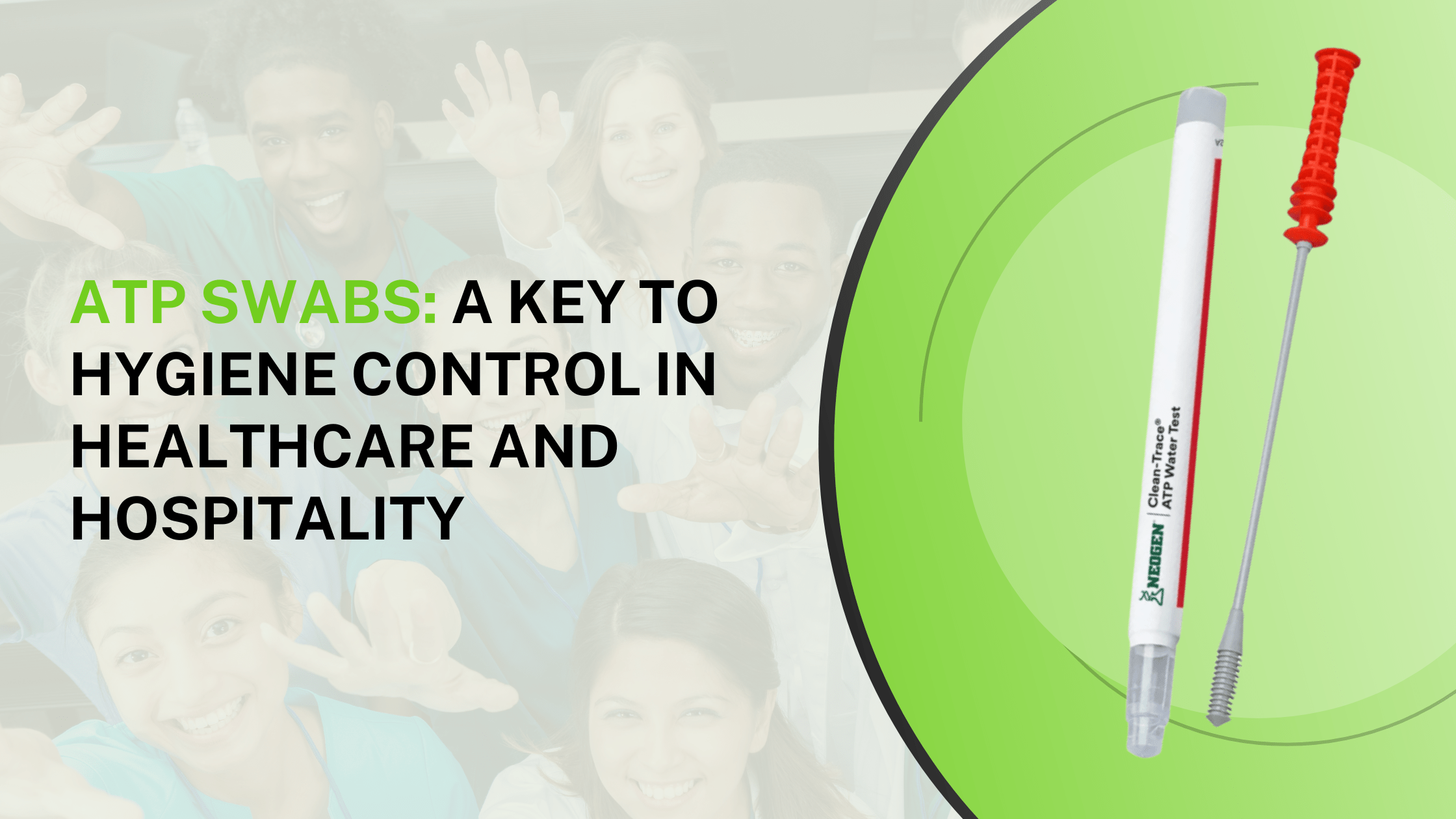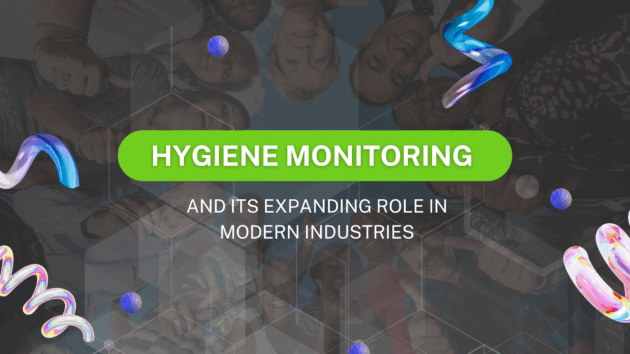
ATP Meter: The Ultimate Guide to Hygiene Monitoring
Why Focus on ATP Meters?
In today’s world, cleanliness is about more than appearances—it’s about measurable proof. An ATP meter (also known as a luminometer) turns biological contamination invisible to the eye into instant, visible data. It detects adenosine triphosphate (ATP)—the energy molecule present in all living cells—by measuring light generated in a glow-in-the-dark–style reaction. This allows facilities to verify cleanliness in seconds, not days.
(Notably, top-ranking guides cover what ATP is and how meters work, but often leave gaps in implementing ATP programs, advanced use-cases, troubleshooting, and data strategies. We’ll fill those gaps.)
How an ATP Meter Works
- Swab a surface or collect a sample using an ATP-activated swab.
- Activate the reagent, which uses luciferase (firefly enzyme) to react with any ATP present.
- Insert the swab into the ATP meter—a compact handheld unit.
- Receive a Real Light Unit (RLU) score in about 10–15 seconds, showing how much contamination remains.
That RLU value reflects all organic material—bacteria, food debris, skin cells—so it’s a holistic measure of cleanliness. Higher numbers mean more residue; lower numbers indicate a cleaner surface.
Why ATP Meters Outrank Traditional Methods
| Feature | ATP Meter | Visual Inspection | Lab Cultures |
|---|---|---|---|
| Result Speed | 10–15 seconds | Immediate | 24–72 hours |
| Accuracy | High (detects invisible contamination) | Very low | High, but delayed |
| Cost per Test | Moderate (~$2–$5) | Low (labor only) | High ($20+) |
| Required Skill | Minimal (trained staff) | None | Skilled technician |
As the table shows, ATP meters offer a sweet spot for rapid feedback, cost-effectiveness, and real-world usability—making them indispensable for sectors requiring both speed and evidence of hygiene.
Key Industries Using ATP Meters
1. Food & Beverage
Major food processors and restaurants use ATP meters to:
- Check cleanliness of prep tables, slicers, conveyors, and utensils
- Prevent allergen cross-contact by testing between production runs
- Meet food safety standards like FDA HACCP, SQF, and BRC
2. Healthcare
Hospitals and clinics rely on ATP meters to:
- Validate sanitation of ORs, patient rooms, and high-touch equipment
- Prevent healthcare-associated infections (HAIs) by verifying surface cleaning
- Audit and train environmental services teams in evidence-based hygiene
3. Hospitality
Hotels and resorts are increasingly using ATP meters to:
- Test guest room high-touch surfaces (remotes, faucet handles)
- Audit kitchen and spa cleanliness
- Promote hygiene transparency as a marketing asset
4. Education, Transit, & Public Facilities
Schools, gyms, and transit hubs use ATP for:
- Ensuring cleanliness of restrooms, desks, rails, and shared devices
- Integrating ATP trends into custodial performance dashboards
Choosing the Right ATP Meter
Here’s what to consider:
- Sensitivity: Look for a meter that detects trace amounts of ATP (in femtomoles), like the Hygiena EnSURE Touch or Neogen AccuPoint Advanced NG.
- Speed & Ease: Modern meters offer rapid results and touchscreen interfaces.
- Data Management: Choose devices that sync with cloud dashboards, support audit trail generation, and offer location-tagging for trend analysis.
- Compatibility: Ensure your meter works with ATP swabs such as Hygiena’s UltraSnap® and SuperSnap®, or Neogen’s Clean-Trace® range.
- Durability: For field use (e.g. food trucks or remote sites), select a rugged, portable design.
Building Your ATP Hygiene Program
- Develop a site-specific test plan:
- Identify high-risk zones and surfaces.
- Set baseline RLU thresholds using consistent sampling.
- Training & Standardization:
- Teach sample collection technique: consistent pressure, swabbing area, and activation steps.
- Create a simple Pass/Caution/Fail RLU scale.
- Routine Testing:
- Schedule daily, weekly, or shift-based tests depending on risk level.
- Monitor trends in your cloud data dashboard for spot failures.
- Corrective Actions:
- Any Fail → immediate re-clean → re-test until Pass.
- Investigate repeat fails by reviewing sanitizer, procedure, or training.
- Continuous Improvement:
- Use trend data to optimize cleaning frequency and methods.
- Share compliance scores internally to promote accountability.
Advanced Use Cases & Best Practices
- Hand Hygiene Audits: Test surfaces of hands post-wash to verify effectiveness.
- Water and CIP Systems: Use dual-reagent ATP meters (First-generation vs. second-generation) to distinguish between intracellular (microbial) and extracellular ATP in rinse water.
- New Equipment Validation: Run ATP tests before and after equipment commissioning to ensure cleaning routines are adequate.
- Cross-Industry Benchmarking: Compare ATP data across locations or facilities to find best performers and establish uniform hygiene expectations.
- Low-Resource Environments: Even in challenging settings (e.g., public toilets in Sub-Saharan Africa), ATP meters reliably assess cleaning effectiveness.
Troubleshooting Common Issues
- High Baseline RLU: Could mean faulty reagent, meter needs calibration, or surface topography hinders cleaning.
- False Highs or Interference: Alcohol- or detergent residues may skew RLU. Wipe surfaces dry before testing.
- Meter Error Messages: Refer to user manuals (e.g., Hygiena SystemSURE Plus guide) for error codes and maintenance advice.
Real-World Impact By the Numbers
- 37.7% of hospital surfaces tested with ATP were “not clean” (>1000 RLU), showing significant hidden contamination.
- Food plants integrating ATP testing saw >25% reduction in microbial load and fewer product issues.
FAQs About ATP Meters
Q: How fast are ATP meter results?
- Typically 10–15 seconds—much quicker than lab testing.
Q: Can ATP meters detect viruses?
- No, ATP detects all biological residue, not specific pathogens. It’s best paired with targeted microbial tests for pathogen detection.
Q: What’s a safe RLU threshold?
- It varies by surface and risk. Use baseline testing to establish site-specific targets.
Q: Do I need specific swabs?
- Yes—use ATP swabs compatible with your meter (e.g., UltraSnap®, SuperSnap®, Clean-Trace®).
Q: How often should testing be done?
- High-risk zones: daily or per shift. Low-risk areas: weekly or monthly. Adjust based on data trends.
Elevate Hygiene With Data
By choosing the right ATP meter, training your team on proper use, integrating the tool into daily routines, and analyzing trend data, you turn hygiene from a visual guesswork process into a data-driven discipline. This proactive approach safeguards health, quality, and brand reputation—where and when it matters most.
Explore top-rated ATP meters and swabs—such as Hygiena EnSURE Touch, Neogen AccuPoint Advanced NG, and compatible UltraSnap®, SuperSnap®, and Clean-Trace® swabs—at Empacs Group to build your hygiene monitoring program with confidence.


